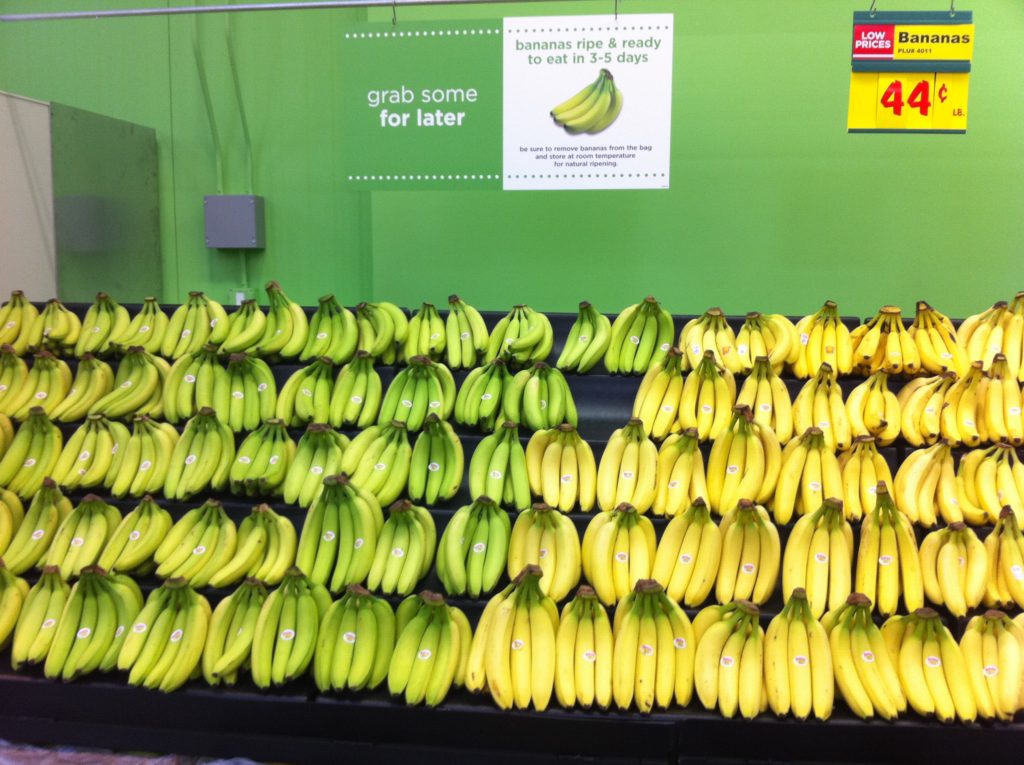An undeveloped idea stands between you and a more generous retirement. The idea was first broached four years ago in the March issue of the Journal of Financial Planning. I’ve been hoping for follow-up research since then.
Written by Michael Finke, Wade D. Pfau and Duncan Williams, the article presented an important and subtle idea: Having a 95 percent certainty of portfolio survival for 30 years had a price.You had to accept leaving large sums of money unspent 95 percent of the time. Most people would like the option of spending more, especially now that many are suggesting that a safe withdrawal rate is closer to three percent than four percent.
Finke, Pfau and Williams offered an alternative. We should weigh our remaining years of life that might be spent broke against the number of years spending more. They found you could spend a lot more if you dare to be old and broke. Yes, I know, it’s a make-your-head-hurt notion. Then again, “Dare To Be Old and Broke” would make a great bumper sticker.
So let’s explore the idea with Theodore and Louise. Both are 65, seeking a 95 percent assurance that their money will last 30 years. What is the actual probability they will live long enough to run out of money?
—Theodore, poor fellow, has only a 6.8 percent chance of living that long. As a consequence, the probability that he will live long enough to run out of money is less than one percent, 0.34 percent to be precise (0.068×0.05).
— Louise has a better shot. She has a 13.1 percent chance of living 30 more years, so there is only a 0.65 percent chance she will experience running out of money.
— Theodore and Louise have little chance of living long enough to run out of money together. The probability both will be alive in 30 years is 0.9 percent. So there is only a 0.045 percent chance of running out of money together. That’s about one in every 222 couples.
— Theodore and Louise have only a 19 percent chance that one of them— either— will be alive in 30 years. So there is only a 0.95 percent chance that one will survive long enough to run out of money.
—The most likely event in 30 years? Both will be dead. The Social Security 2011 period life table— the same table used here, indicates an 81 percent chance both will be dead.
An 81 percent chance of being dead adds a bit of existential gravitas, doesn’t it? Kind of overshadows all the portfolio stuff.
Perhaps we can turn this to our advantage. If a 5 percent rate of portfolio failure was acceptable before we thought to consider death, can we spend more? How much can we spend and face an actual five percent chance of failure, while still being alive?
We can do this by using a Monte Carlo analysis tool for portfolios. One is available, free, on the portfoliovisualizer.com website. My figures assume a $1 million retirement fund invested 50/50 in the US total stock and total bond market. It turns out Theodore and Louise could withdraw at a starting rate of $53,000. At the end of 30 years, they would have run out of money 26 percent of the time. But there is an 81 percent probability both will be dead. Or a 19 percent chance either will be alive. Presto! About a 5 percent chance (0.19×0.26) either will experience being broke.
Let’s not forget the upside, either. The odds are still good that they will be leaving a bunch of money on the table. While there is a 26 percent chance of being broke in 30 years, there is a 74 percent chance of not being broke. The analysis shows the median amount of money left is $2.3 million.
But wait, that’s not all!
Suppose Theodore and Louise elect my “hedonic tilt” strategy— a fixed income for at least 30 years that slowly erodes with inflation? The same tool indicates a 74 percent chance of portfolio survival with a fixed annual withdrawal of $84,000. Yes, you read that right, $84,000 a year.
Again, there is an 81 percent chance both will be dead. And only a 5 percent chance (0.19×0.26) that one of them will live long enough to experience going broke.
Bottom line? Facing mortality is tough, but it brings an unexpected opportunity— more spending.
On the web:
Scott Burns, “Life: How Much Will You Leave On the Table?,” 4/06/2012
https://assetbuilder.com/knowledge-center/articles/life-how-much-will-you-leave-on-the-table
Scott Burns, “Life, Death and How Long Your Money Will Last,”9/9/2012
https://assetbuilder.com/knowledge-center/articles/life-death-and-how-long-your-money-will-last
Scott Burns, “How To Spend More Now, Less Later,” 9/4/2015
https://assetbuilder.com/knowledge-center/articles/-how-to-spend-more-now-less-later
Scott Burns, “The High Cost of Low Returns and Yields,” 7/24/2015
https://assetbuilder.com/knowledge-center/articles/the-high-cost-of-low-returns-and-yields
Portfoliovisualizer website:
https://www.portfoliovisualizer.com
This information is distributed for education purposes, and it is not to be construed as an offer, solicitation, recommendation, or endorsement of any particular security, product, or service.
Photo: Scott Burns: Proof there is order in the universe, at least at H.E.B., 2010
(c) A. M. Universal, 2016
